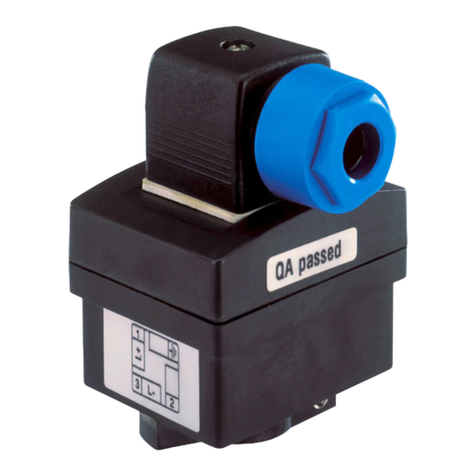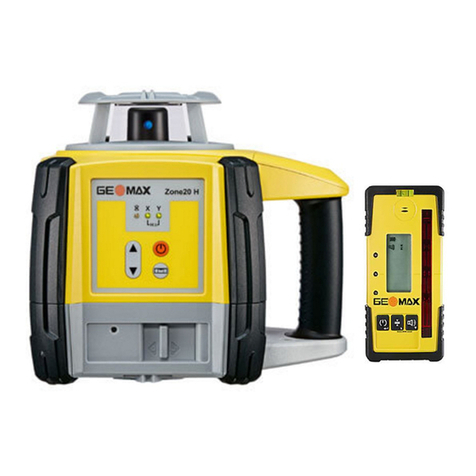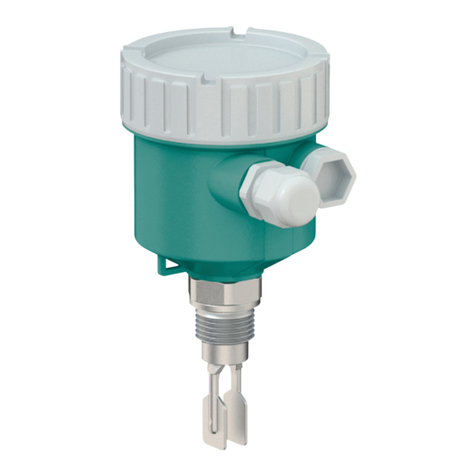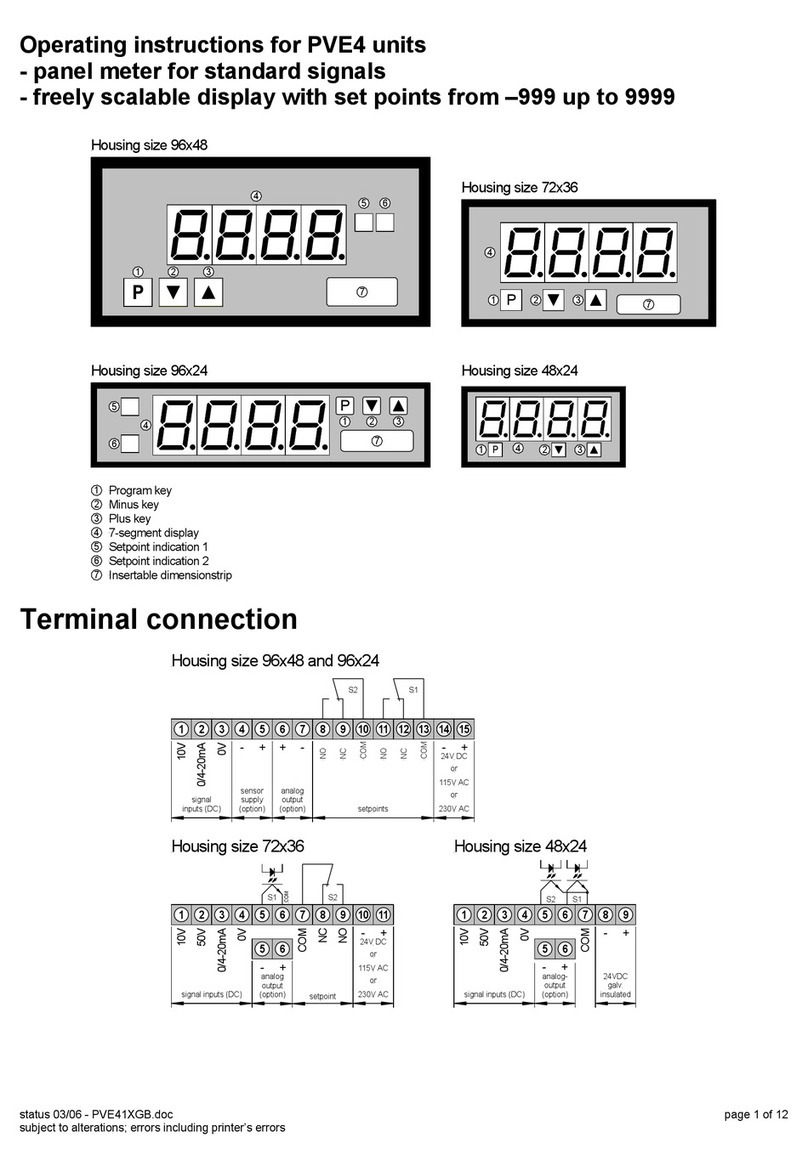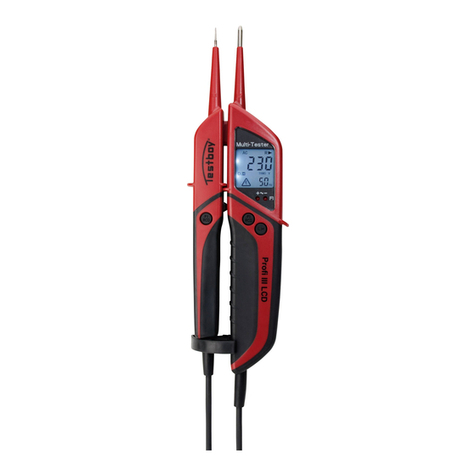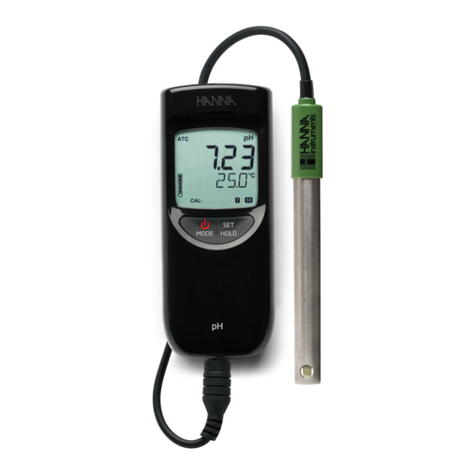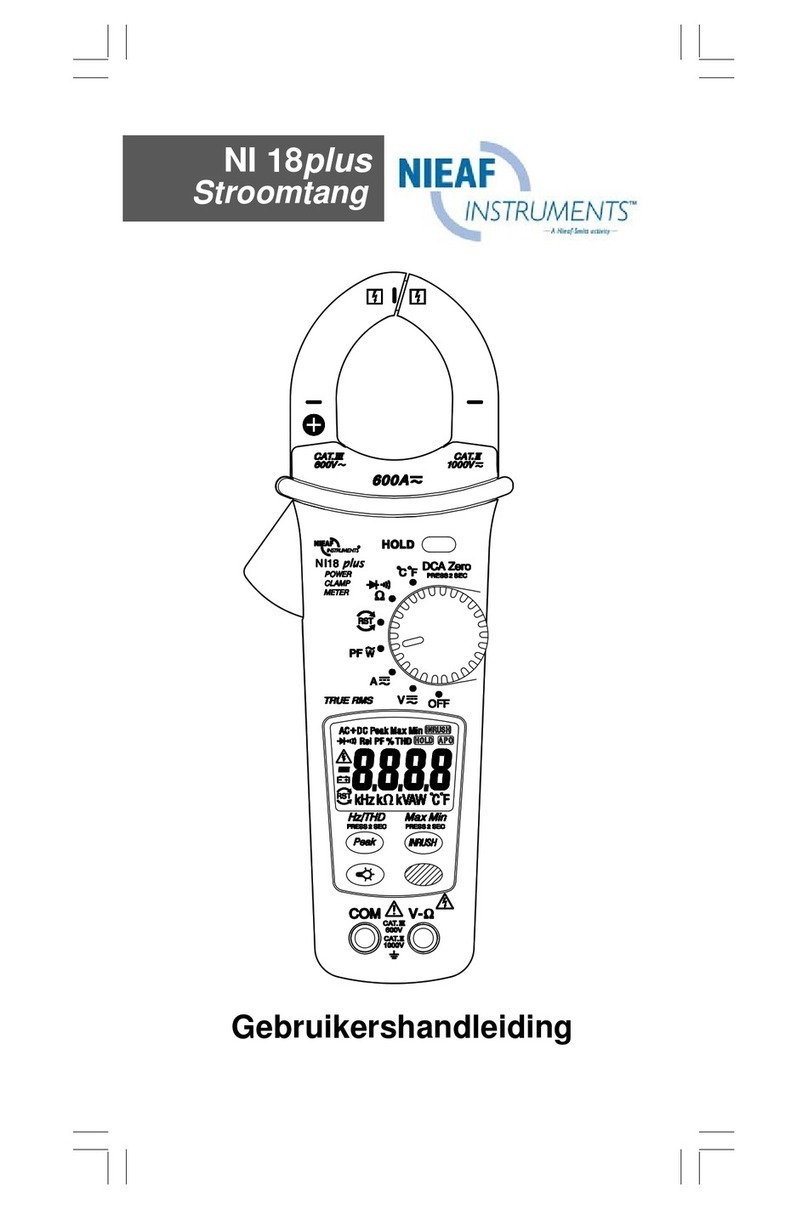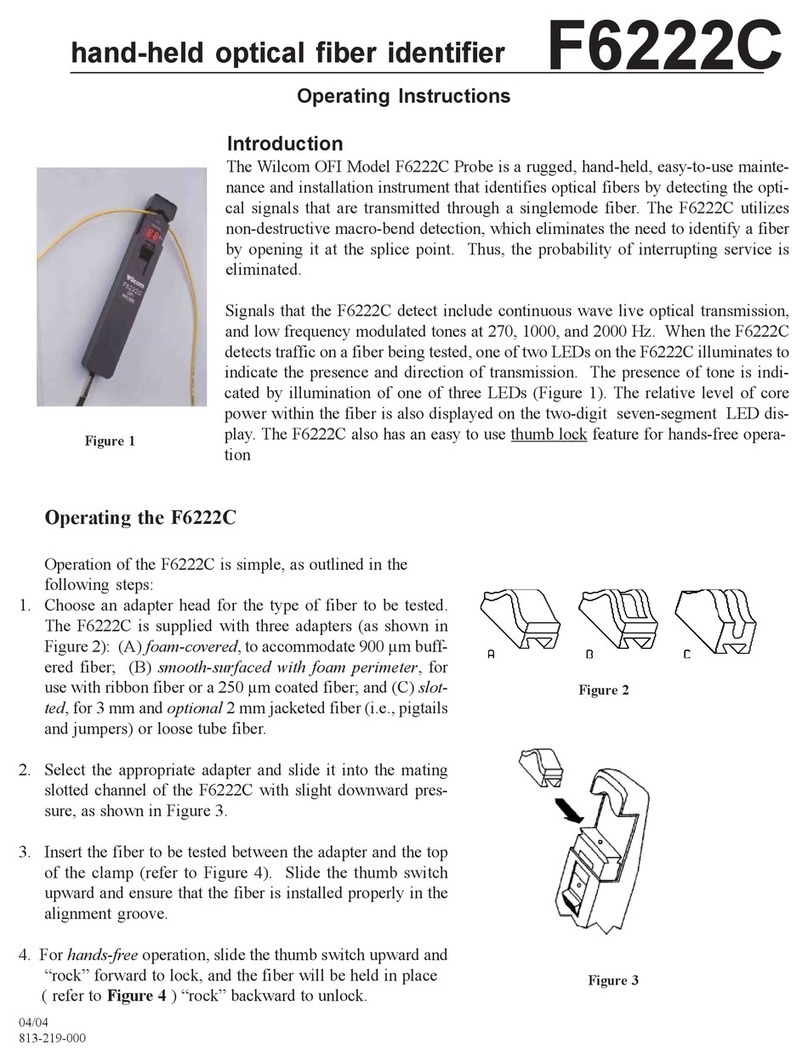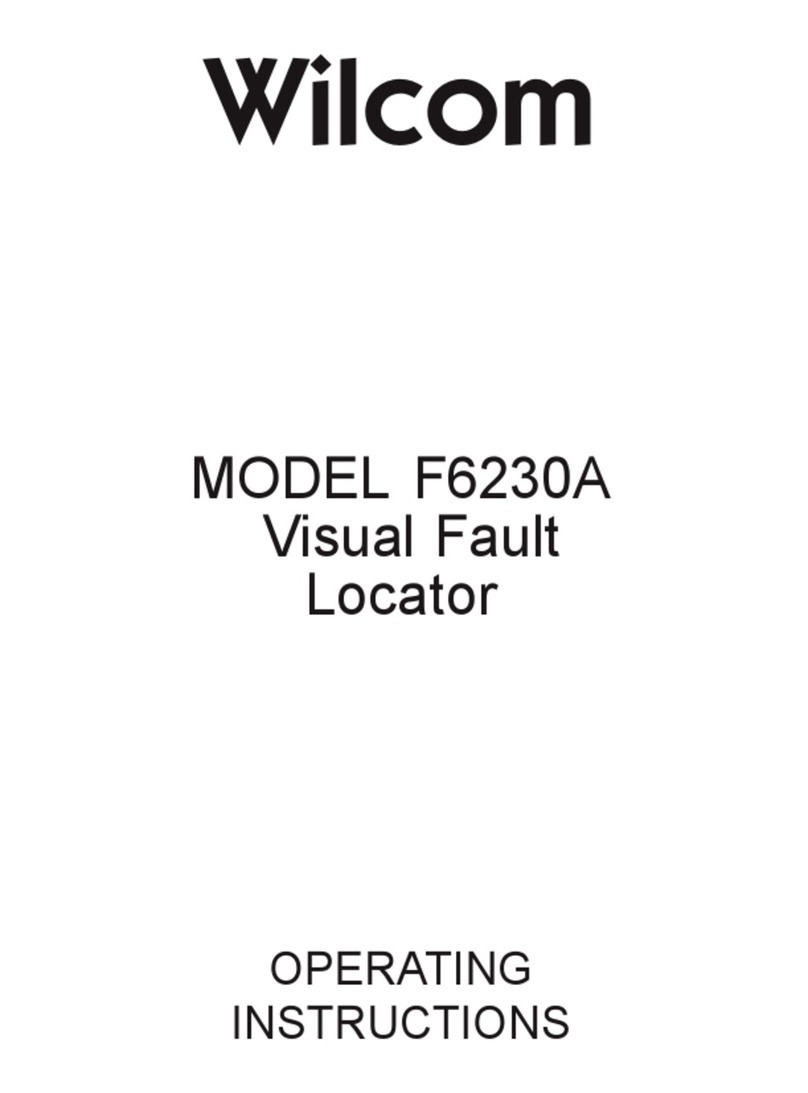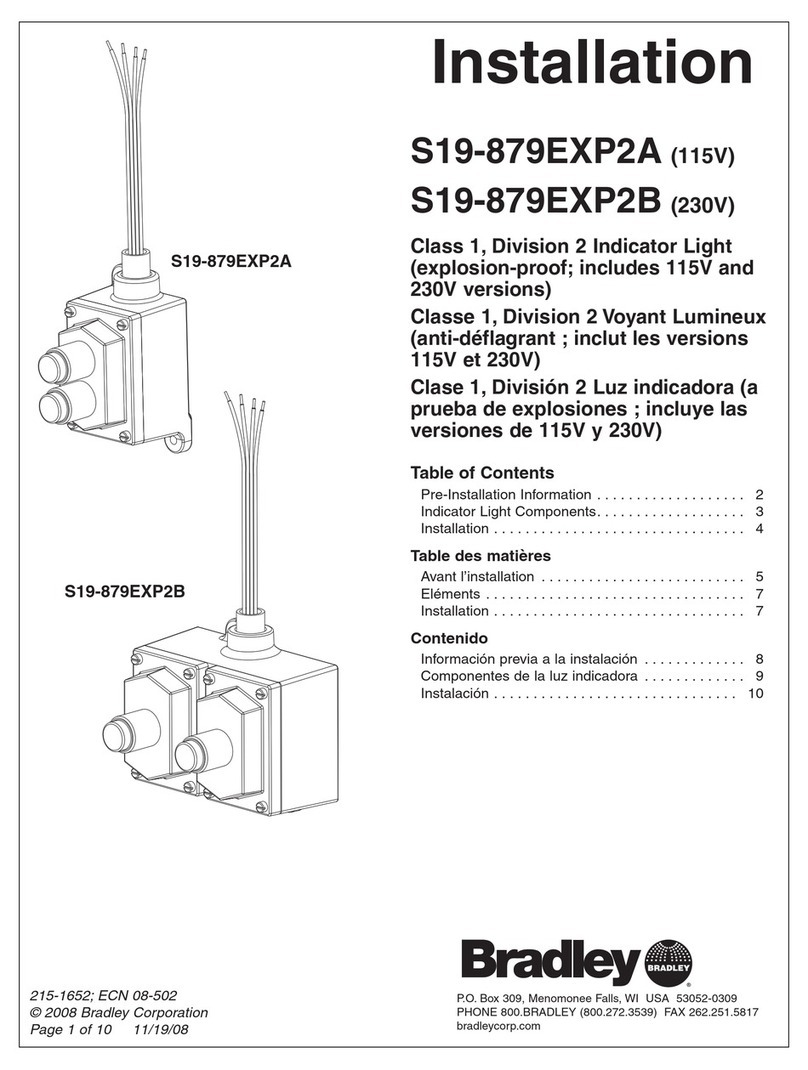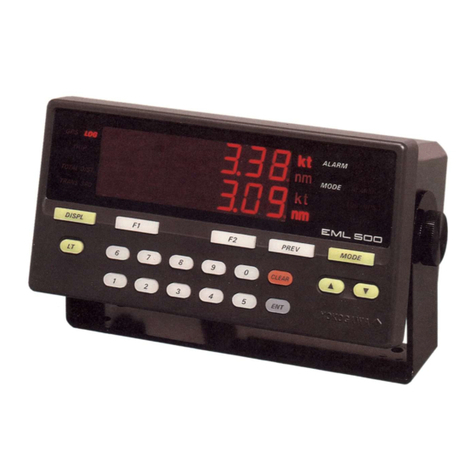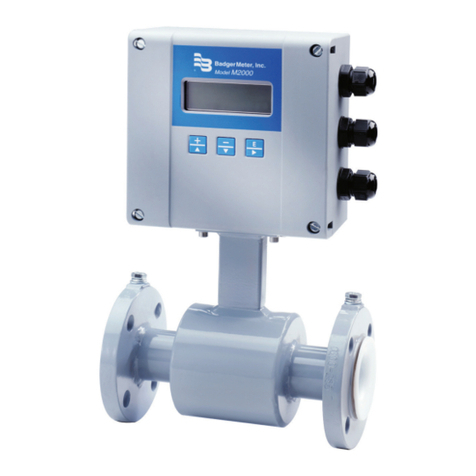
hand-held optical fiber· identifier
F6121A
Operating Instructions
Introduction
The Wilcom OF! Model F6121A Probe is a rugged, hand-held, easy-to-use mainte-
nance and installation instrument that identifies optical fibers by detecting the optical
signals that are transmitted through a singlemode fiber. The F6121A utilizes non-de-
structive macro-bend detection, which eliminates the need to
identifY
a fiber
by
open-
ing it at the splice point. Thus, the probability
of
intelTupting service
is
eliminated.
Signals that the F6121A detect include continuous wave live optical transmission, and
low frequency modulated tones at 270, 1000, and 2000 Hz. When the F6121A detects
traffic on a fiber being tested, one
of
two LEDs on the F612]A illuminates to indicate
the presence and direction
of
transmission. The presence
of
tone
is
indicated by illumi-
nation
of
one
of
three LEDs (Figure I). The F6121A also has an easy to use thumb lock
feature for hands-free operation.
Figure 1
Operating the F6121A
Operation
of
the F6121A is simple, as outlined
in
the following steps:
1.
Choose an adapter head for the type
of
fiber to
be
tested.
The F6121A
is
supplied with three adapters (as shown
in
Figure 2): (A)foam-covered, to accommodate
900)lm
buff-
ered fiber; (B) smooth-surfaced with foam perimeter, for
use with ribbon fiber or a 250 )lmcoated fiber; and (C) slot-
ted, for 3 mm and optional 2 mmjacketed fiber (Le., pigtails
and jumpers) or loose tube fiber. Figure 2
2.
Select the appropriate adapter and slide it into the mating
slotted channel
of
the F612lA with slight downward pres-
sure, as shown
in
Figure
3.
3. Insert the fiber to be tested between the adapter and the top
of
the clamp (refer to Figure 4). Slide the thumb switch
upward and ensure that the fiber
is
installed properly in the
alignment groove.
4. For hands-free operation, slide the thumb switch upward and
"rock" forward to lock, and the fiber will be held
in
place
( refer
to
Figure 4 ) "rock" backward to unlock. Figure 3
